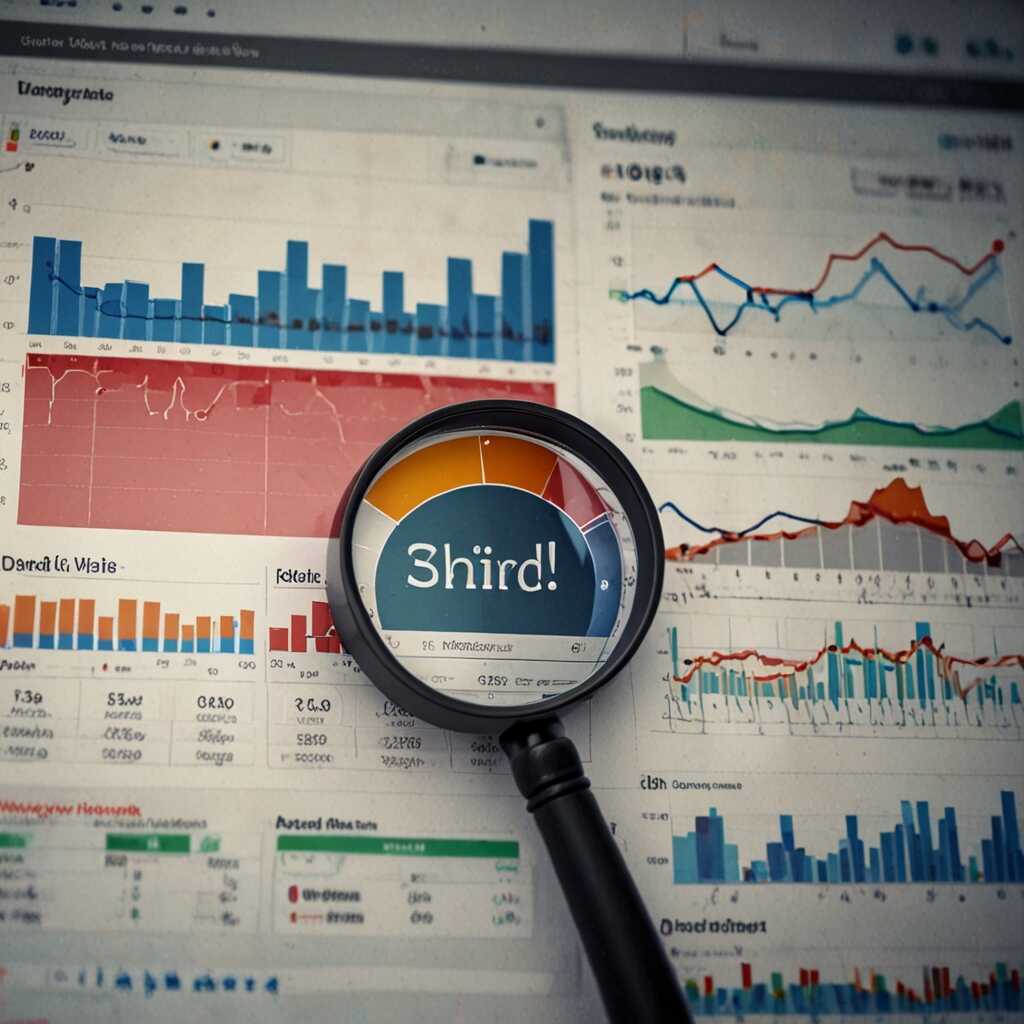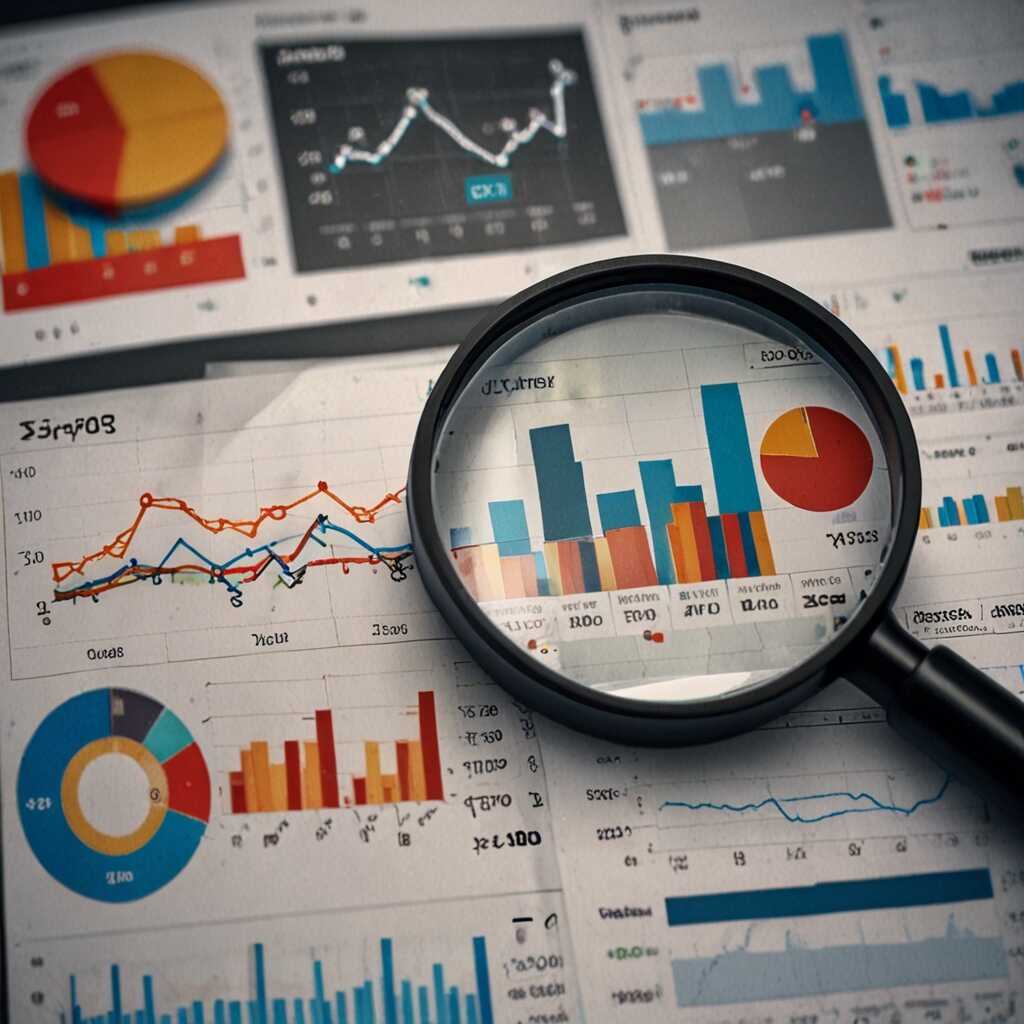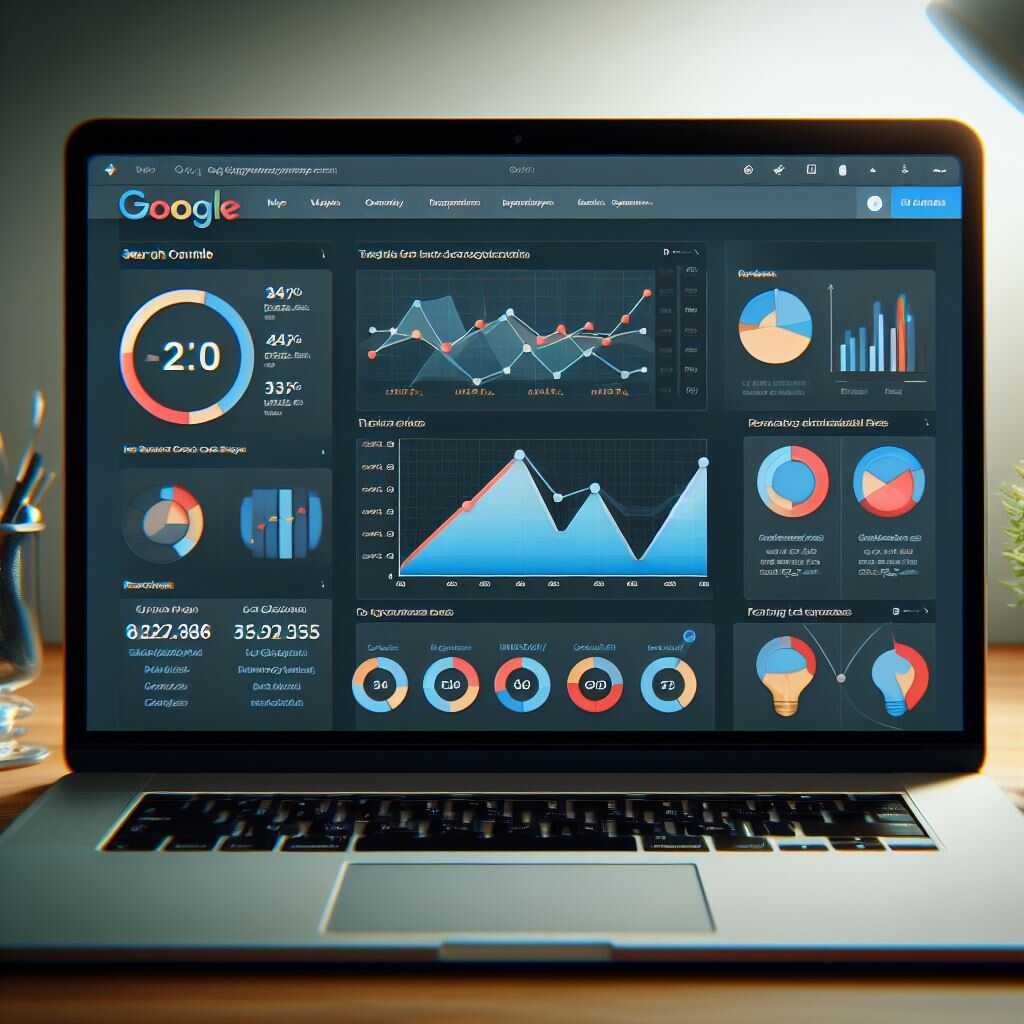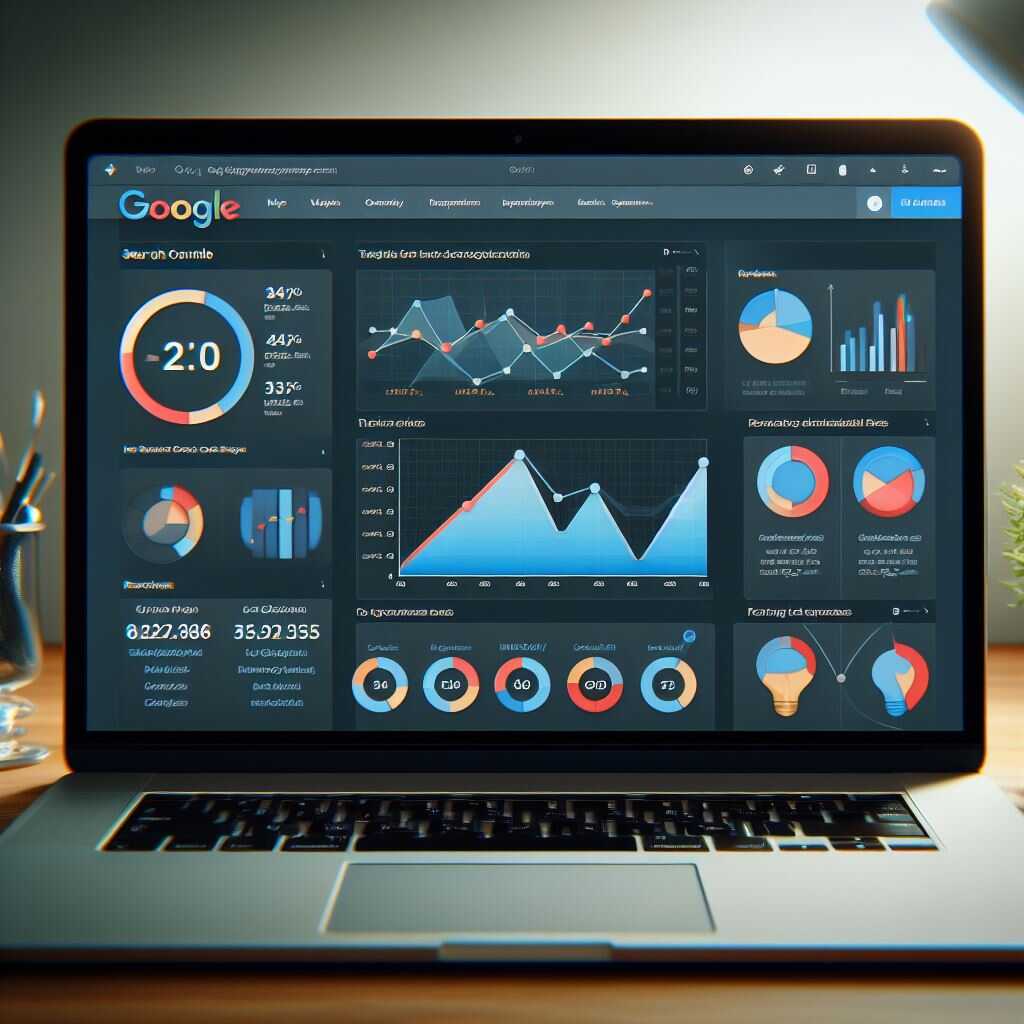Create engaging infographics that naturally attract quality backlinks to your website. Infographics are powerful visual tools that simplify complex data while enticing viewers to share and link back to your content. By leveraging the best infographic creation strategies, you can enhance your SEO performance and stand out in a competitive digital landscape. At Metrics Rule, we believe that blending creativity with technical SEO expertise is key to driving organic traffic and earning authoritative backlinks.
Importance of Infographics in Building Backlinks for SEO
Infographics are powerful tools that drive traffic and attract quality backlinks. They present complex data visually, making it easier for users to understand and share. This shareability enhances link-building strategies, as websites often reference high-quality infographics in their content. For instance, marketers find that infographics increase engagement by around 30% compared to text alone, making them essential for effective SEO. Notably, infographics for SEO can outperform other content types by combining visual appeal with actionable data, boosting the chances of being linked to by trusted sites. This effective visual content ensures your website maintains high-quality backlinks that significantly enhance your search engine rankings.
Key Features That Make Infographics Effective for Link Building
Infographics are effective for link building due to their visual appeal, ability to simplify complex information, and capacity to evoke emotional responses. Quality infographics are designed with engaging graphics, concise information, and reliable data that captivate audiences quickly. These features not only help improve user experience but also enhance shareability across social media platforms. In a competitive digital landscape, infographics enable marketers to stand out, resulting in higher traffic generation and solidifying their presence in search engine results. By catering to both visual learners and data enthusiasts, infographics offer measurable benefits, including improved engagement metrics and increased brand visibility.
Essential Design Principles for Creating Effective Infographics
To create engaging and effective infographics, focus on key design principles such as clarity, visual appeal, and the organization of information. Clear messaging ensures that your infographic communicates its message quickly and efficiently. A well-structured layout enhances the infographic’s readability, captivating users and encouraging them to share it. Visual appeal significantly contributes to the shareability factor; users are more likely to share infographics that are visually striking and easy to comprehend. Studies show that 68% of users prefer infographics over text-based content, making them an excellent strategy for attracting quality backlinks.
Best Practices for Enhancing Visual Appeal in Infographics
When designing infographics, always prioritize a clean layout and compelling visuals to enhance user engagement. Use a balanced color palette that aligns with your brand, ensuring a reliable aesthetic. High-quality images and icons can significantly improve the overall look and feel of your infographic. Incorporating storytelling techniques enhances the messaging, drawing viewers in and guiding them through the data. In 2025, expect the importance of clear visuals to grow further, as a visually appealing design greatly impacts how information is perceived. Implementing these best practices not only enhances user experience but also increases the likelihood of earning backlinks from other sites.

Recommended Tools for Crafting Stunning Infographics
Creating engaging infographics is easier with the right tools. Popular infographic design software includes Canva, Piktochart, and Adobe Illustrator. Each of these platforms provides unique features tailored to different skill levels. For beginners, user-friendly platforms like Canva and Piktochart offer templates and drag-and-drop functionality, ensuring ease of use. Advanced users may prefer Adobe Illustrator for its powerful design capabilities. Typically, these tools offer anywhere from 50 to over 100 template options, enhancing your infographic’s visual appeal. It’s crucial to consider templates, ease of use, and design features when choosing an infographic tool.
Key Features to Consider in Infographic Design Software
When selecting infographic design software, look for essential features that enhance your creative process. A reliable tool should include customizable templates, high-quality graphics, and an extensive color palette. Integration with social media is also important, allowing for easy sharing and promotion. Many tools now incorporate AI capabilities that help in generating unique design ideas. Additionally, testing usability through free trials can help you evaluate performance. Based on user reviews, the best platforms consistently deliver good performance and results. Always choose software that feels intuitive and offers support for your design journey.
Interesting Statistics on Visual Content
- Infographics can increase website traffic by up to 12%.
- About 65% of people prefer visual content over text.
- Posts with infographics attract 3 times more backlinks than text-only articles.
- Visuals enhance information retention by about 65%.
- 80% of marketers use visuals in their content strategies.
- Articles with infographics receive 94% more views than those without.
- Infographics are shared three times more on social media than other types of content.

Promotion Techniques to Maximize Infographic Reach
To effectively promote your infographics, utilize a mix of social media sharing and influencer outreach. Social media platforms like Facebook, Twitter, and Instagram are excellent channels for promoting your visuals. Engaging with influencers in your niche can amplify your infographic’s visibility. Contact bloggers or industry experts who would be interested in sharing your content and provide them with compelling reasons to do so. Research the types of infographics your target audience resonates with to ensure maximum impact. Remember, receiving around 50 social media shares can significantly boost your infographic’s reach.
Strategies for Engaging Social Media Sharing
To enhance your infographic’s reach, focus on strategic social media sharing. Utilize platforms like LinkedIn for professional audiences, while Instagram is great for visually appealing content. Schedule your posts during peak engagement times, and include relevant hashtags to broaden your audience. Encourage users to share your infographic by creating shareable links and calls-to-action. Incorporate eye-catching visuals and concise descriptions to generate interest. This will not only improve engagement but will also increase the likelihood of shares, thus enhancing your infographic’s visibility across various channels.

Techniques for Earning Natural Backlinks Through Infographics
To attract quality backlinks through infographics, it’s essential to use proven techniques. Start by conducting research on your niche to identify authoritative sites related to your content. Craft your infographic with engaging designs and compelling data that provide value. Promoting your infographic through social media, email marketing, and by partnering with influencers can effectively enhance its visibility. Websites with high domain authority, such as industry blogs, educational sites, and news outlets, are most likely to link back to your infographic if it offers valuable insights and engaging visuals. When promoted effectively, a single infographic can attract dozens, if not hundreds, of backlinks, significantly boosting your SEO performance.
Creating Engaging Infographics for Better Backlink Acquisition
Creating engaging infographics is crucial for better backlink acquisition. Focus on a visually appealing design that simplifies complex data into easily digestible formats. Use reliable data sources to enhance the infographic’s credibility. An effective infographic should tell a story, making it easy for readers to understand and share. Additionally, utilizing keyword research will help ensure your infographic meets SEO standards, increasing its chances of being discovered. Including directories or submission platforms for infographics will broaden its reach and enable more backlinks. By providing accurate, insightful, and visually appealing infographics, you position your content to attract quality backlinks from reputable sources.
Key Advantages of Visual Data Representation
- Infographics simplify complex ideas for easier understanding.
- They naturally draw in quality backlinks from reputable sites.
- Visual content can boost social media engagement significantly.
- Infographics enhance brand recognition and credibility.
- They allow for effective storytelling and capturing audience interest.
- Visuals can improve SEO by keeping visitors on the page longer.
- Infographics encourage shareability across various platforms.

Analyzing the Impact of Infographics on SEO Performance
To measure the success of infographic campaigns, you need to track several key metrics. Essential metrics include referral traffic, backlinks generated, social shares, and engagement rates on your website. Assessing the effectiveness of your infographic in generating backlinks involves using tools like Google Analytics and backlink checking tools such as Ahrefs or Moz. Typically, after launching an infographic campaign, websites may notice a traffic increase of 30% to 50%, depending on the infographic’s quality and promotional strategy.
Understanding Referral Traffic from Infographics
Understanding referral traffic is vital for determining your infographic’s SEO impact. Analyzing traffic from sources like social media platforms and other websites helps you identify which channels drive the most visitors. Use Google Analytics to filter out traffic specifically from your infographic. By examining the quality and reliability of these referral sources, you can enhance future infographic designs and distribution strategies to improve backlink effectiveness and engagement metrics overall.
Pitfalls to Avoid in Infographic Creation and Promotion
Common mistakes that hinder infographic marketing include poor content quality, lack of engaging design, and ineffective promotion strategies. Testing infographic effectiveness by gathering user feedback ensures that your visuals communicate the intended message. It’s essential to create at least 12 high-quality infographics each year to maintain consistent engagement and attract quality backlinks.
Improving Infographic Content Quality Through User Testing
Improving infographic content quality requires engaging in user testing. By collecting feedback on design elements and data presentation, you can identify features that resonate with your audience. Employ reliable tools that enable data analysis to enhance the overall infographic experience. Focus on storytelling through visuals, ensuring every graphic element serves a purpose. This strategic approach can significantly improve the performance and shareability of your infographics, ultimately attracting more backlinks and enhancing your SEO results.
Popular Brands and Their Approach to Visual Content
- Canva offers user-friendly design tools for all levels. Pros: Easy to use; Cons: Limited advanced features.
- Piktochart focuses on templates tailored for infographics. Pros: High customization; Cons: May require a learning curve.
- Venngage offers a wide range of pre-made templates. Pros: High-quality designs; Cons: Pricing can be restrictive.
- Infogram caters to data-driven users. Pros: Great data visualization tools; Cons: May be challenging for beginners.
- Visme allows users to create interactive content. Pros: Engaging experiences; Cons: Performance can vary on older devices.
- Adobe Spark integrates powerful tools for creations. Pros: Professional quality; Cons: Steeper learning curve for beginners.
- Google Charts provides customizable data visualizations. Pros: Fully customizable; Cons: Less designed for aesthetic appeal.
Resources for Ongoing Learning in Infographic Marketing
To enhance your skills in infographic marketing, explore key resources that provide valuable insights. Websites like HubSpot, Canva, and Venngage offer tutorials and tools. Additionally, online communities such as Reddit and LinkedIn Groups are excellent for sharing experiences and reviews on best practices. Look for webinars hosted by digital marketing experts, as they offer valuable data and proven strategies related to SEO and infographics. A good number of essential strategies to focus on includes creating visually appealing designs, ensuring shareability, and analytics for measuring performance.
Key Platforms and Blogs for Infographic and SEO Insights
Many platforms offer great value for those interested in infographic marketing—Social Media Examiner and Search Engine Land frequently publish expert reviews and comparisons of infographic effectiveness. Joining professional communities like Inbound.org can enable meaningful discussions and provide access to reliable information. Regularly following blogs like Moz and Content Marketing Institute helps marketers stay updated on industry trends and infographics’ role in SEO strategies. Such resources provide actionable insights, ensuring that you implement best practices efficiently.
